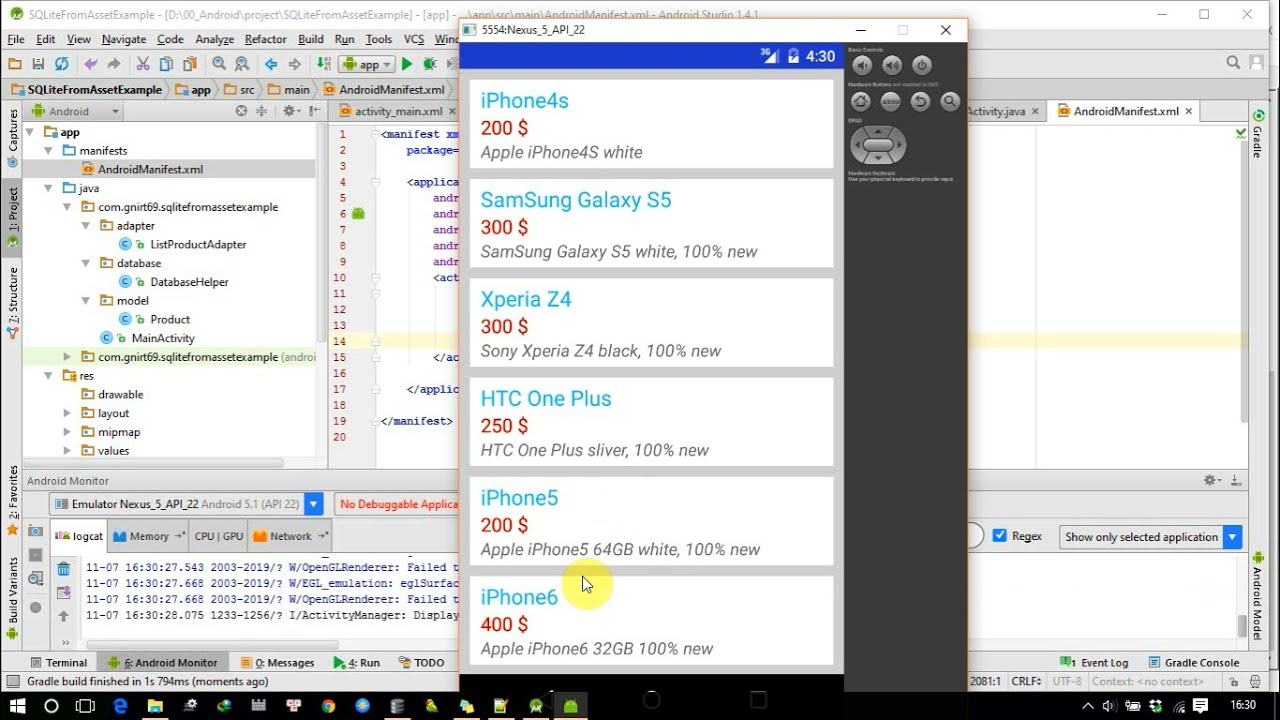

The following database diagram illustrates tables: contacts groups, and contact_groups. The contact_groups table that stores the relationship between contacts and groups.
CREATE A VIEW IN SQLITESTUDIO CODE
The specific code has been uploaded to gitee code warehouse.

A table that contains the rowid column is known as a rowid table. If you don’t want SQLite creates the rowid column, you specify the WITHOUT ROWID option. The rowid column stores a 64-bit signed integer key that uniquely identifies the row inside the table. By default, a row in a table has an implicit column, which is referred to as the rowid, oid or _rowid_ column. Finally, optionally use the WITHOUT ROWID option.Fifth, specify the table constraints such as PRIMARY KEY, FOREIGN KEY, UNIQUE, and CHECK constraints.SQLite supports PRIMARY KEY, UNIQUE, NOT NULL, and CHECK column constraints. Each column has a name, data type, and the column constraint. Fourth, specify the column list of the table.The schema can be the main database, temp database or any attached database. Third, optionally specify the schema_name to which the new table belongs.Attempting to create a table that already exists without using the IF NOT EXISTS option will result in an error. Second, use IF NOT EXISTS option to create a new table if it does not exist.The name of the table cannot start with sqlite_ because it is reserved for the internal use of SQLite. First, specify the name of the table that you want to create after the CREATE TABLE keywords.) Code language: SQL (Structured Query Language) ( sql ) This opens the window for creating the column ( Figure 2).CREATE TABLE. To create a new table column, click on the appropriate icon in the toolbar of this window or press Ins
CREATE A VIEW IN SQLITESTUDIO PLUS
In the tree display of the database on the left or via the table icon with the plus sign in the toolbar. The dialog for creating a database table can be opened via the Structure | Create a table If multiple databases are available later on, you will need to select the required database below DatabasesĪfter successfully connecting, SQLiteStudio shows you the database in a tree structure on the left edge of the program window. , or press the icon with the two connectors on the far left. Clicking OKīefore you can create a table, you first need to connect to the database. If the SQLite database is operational, you will see a green checkmark as confirmation. , SQLiteStudio will remember this database in your next session. If you keep the Permanent (keep it in configuration) , the tool creates a database name from the directory name. Figure 1: SQLiteStudio dialog for creating a database.


 0 kommentar(er)
0 kommentar(er)
